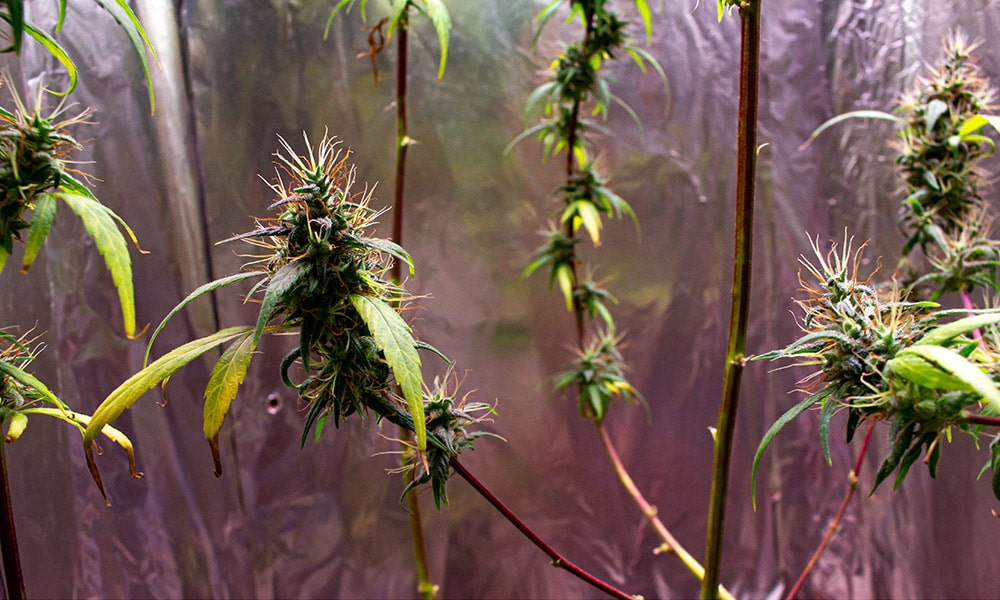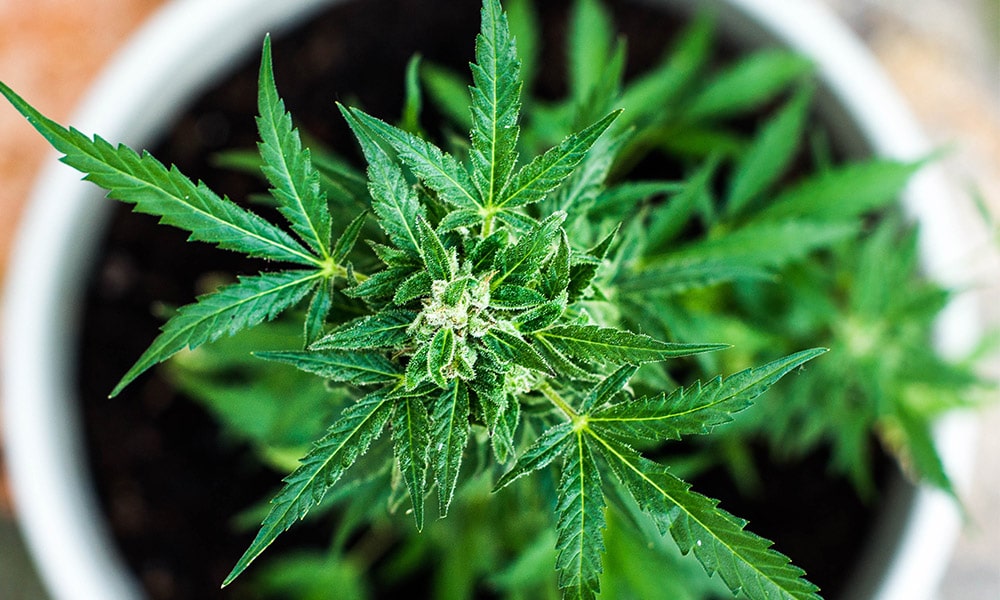When you’re investigating a dispensary menu, you might notice that the shop has its selection of buds divided up into three categories: Indica, Sativa, and hybrid. Just what do these categories mean? Let’s take a closer look.
What Does It Mean to Be an Indica, Sativa, or Hybrid Strain?
There’s a common belief that whether the strain you’re using is Indica, Sativa, or hybrid plays a role in the effects you feel. Many users believe that Indicas relax and sedate while Sativas uplift and energize. Hybrids produce a mix of these effects.
While it’s true that some Indicas help relax you, some can provide you with a boost of energy. Just the same, some Sativas can energize, while others produce sedative effects. Even so, many dispensaries use these categories to provide you with a starting point for finding strains to suit your needs.

The True Meaning Behind the Categories
If Indica, Sativa, and hybrid categories don’t tell you about the effects of a strain, what do they mean? They actually refer to the different characteristics of the plant.
Indica
Indica strains are short in stature and bushy. The leaves are also short, wide, and darker green. The plants have shorter flowering cycles, and they grow well in areas that are colder or have short growing seasons.
Sativa
Sativa strains, on the other hand, are taller and skinnier plants. Their leaves are lighter green, and the points are longer and thinner. The plants have longer flowering cycles and tend to fare better in warmer climates.
Hybrid
As cultivators continue to crossbreed and create new strains, pure Indicas and Sativas are becoming rarer. Many strains on the market are hybrids. Even so, you may find that some dispensaries list these strains as Indica-dominant or Sativa-dominant. Hybrid strains exhibit characteristics of the parent strains. For instance, the plant may be tall and thin with broad leaves or short and bushy with skinny leaves. Characteristics vary between different types of hybrids.
So, How Do You Select a Strain?
Knowing whether a strain is an Indica, Sativa, or hybrid might not tell you everything you need to know about what to expect from your experience, but plenty of other factors can help clue you in. One of the biggest factors is the cannabinoid content. For example, a strain high in THC and low in CBD is likely to produce a more potent high than a more balanced strain (or one that’s high in CBD but contains little to no THC).
Another factor that can give you an idea of what to expect from the strain is to look at its terpene profile. Terpenes are the essential oils of the cannabis plant. They play a role in the flavor and aroma of the strain as well as the effects you feel. A strain high in myrcene and linalool is likely to be more sedating, while a strain high in pinene may be more energizing.
Trying to find a strain that best fits your needs can take a little time. Understanding the differences between Indica, Sativa, and hybrid strains offers a great starting point, but there are so many other factors to consider. Cannabinoid contents, terpene profiles, and the products themselves all play a role. If you need help finding an ideal strain, don’t be afraid to speak with your budtender.


